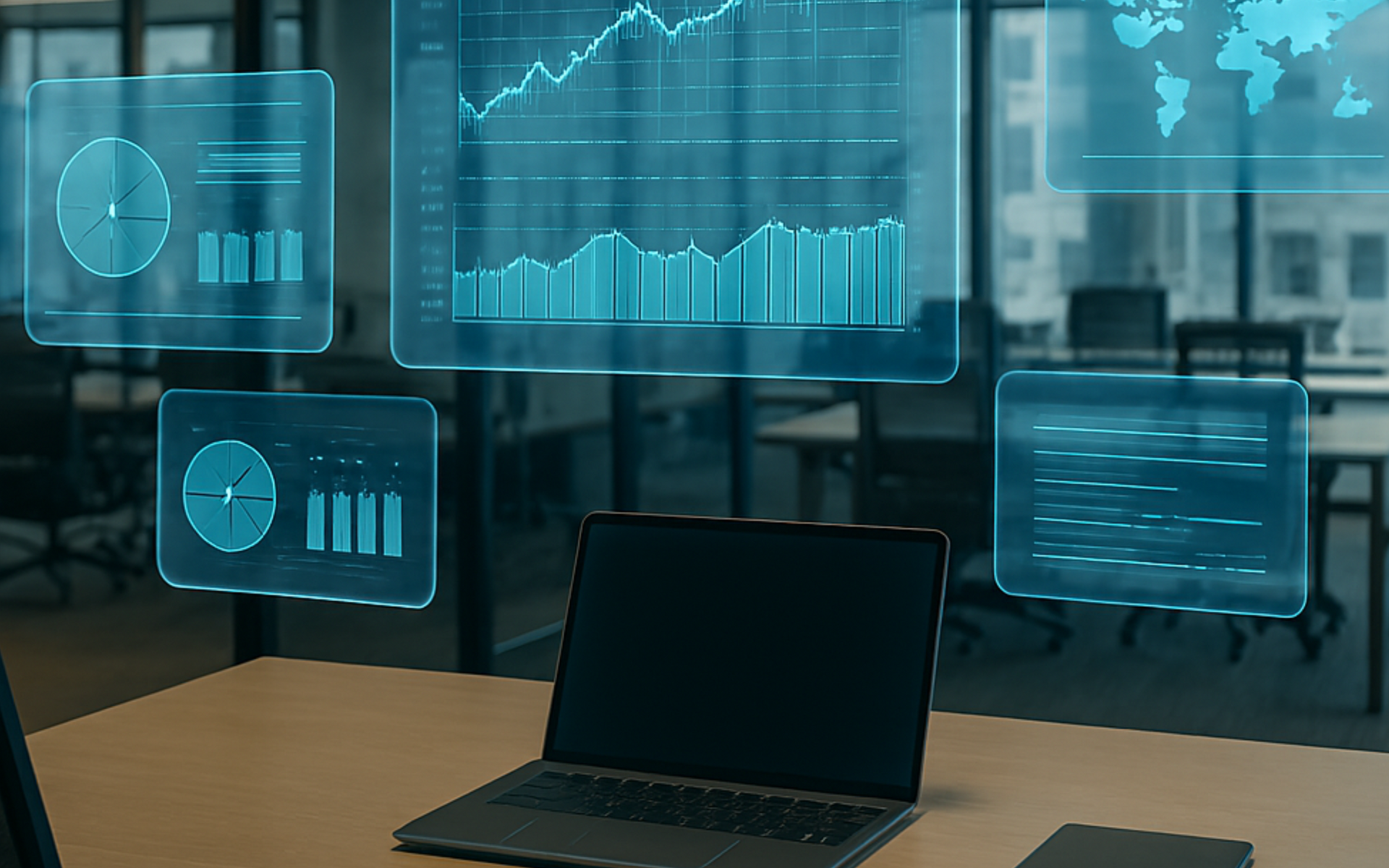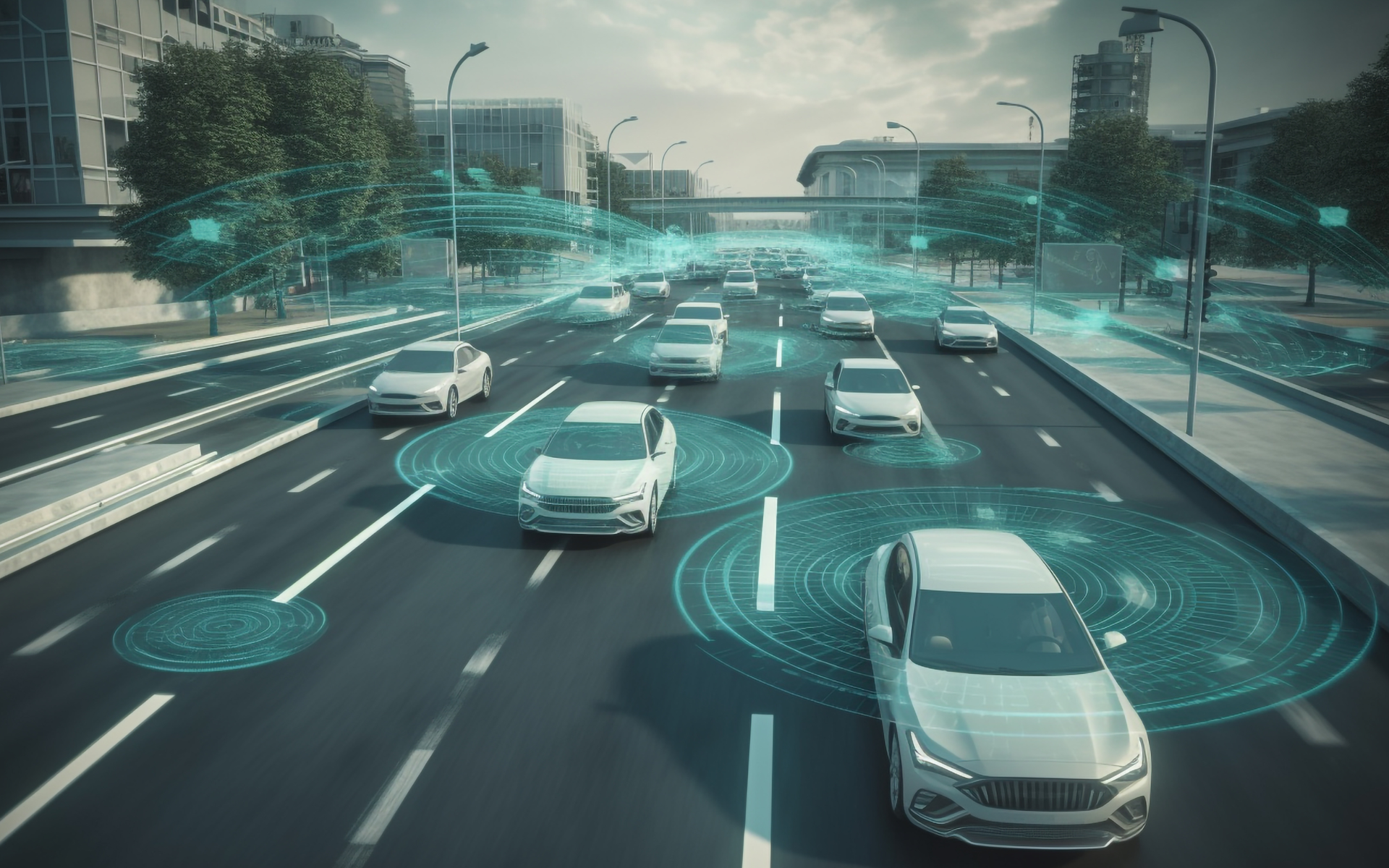Securing 5G Networks. A New Frontier for Cyber Defence
Introduction
5G is reshaping the digital world. It delivers faster speeds, lower latency, and supports billions of connected devices. While this transformation creates opportunity, it also introduces new risks. Attackers are already targeting 5G systems. The stakes are higher because 5G supports critical infrastructure, smart cities, and global commerce.
This blog is for IT professionals, businesses, students, and decision-makers. It explains why 5G network security matters now, what threats exist, and how you can defend against them.
5G is the fifth generation of mobile networks. It allows more devices to connect and exchange data at high speed. For example, autonomous vehicles rely on 5G to communicate instantly with each other and with road systems. If attackers disrupt that connection, the consequences are severe.
With 5G adoption accelerating, cyber defence in 5G is a top priority. You will learn about risks, solutions, and how Cybergen supports organisations with advanced 5G cybersecurity solutions.
The Security Risks of 5G Networks
5G creates a larger attack surface than previous generations. More devices connect to networks, from smartphones to industrial sensors. Each device is a potential entry point for attackers.
One major risk is supply chain vulnerability. 5G networks depend on hardware and software from global vendors. If components are compromised, attackers insert backdoors into systems. These backdoors give them ongoing access.
Another risk is network slicing. 5G allows operators to divide networks into slices for different users or services. While efficient, slices share infrastructure. If attackers breach one slice, they may move into others.
IoT devices amplify the risk. Billions of devices connect to 5G without strong security features. For example, smart meters in homes often lack updates. Attackers exploit these weak points to launch larger attacks.
State-sponsored cyber threats are also growing. 5G supports critical national infrastructure such as energy grids, healthcare, and transport. Attackers know disruption here causes widespread impact.
Ignoring these risks means exposing businesses and societies to large-scale disruption and loss.
Why 5G Networks Are a Target
Attackers target 5G because it powers essential services. Industries such as healthcare, finance, and transport depend on it. A single breach has wide impact.
The scale of data makes 5G attractive. Networks process massive volumes of information every second. Personal data, business records, and government communications flow across these systems. Criminals and state actors seek this data for profit or power.
The shift to edge computing adds further risk. Data is processed closer to devices rather than centralised servers. This improves speed but creates more points to secure. Attackers focus on these decentralised systems.
5G also enables automation. Smart factories rely on 5G for machine coordination. If attackers disrupt signals, production halts. Businesses lose revenue and trust.
The critical role of 5G makes it one of the most valuable targets for cyber crime and espionage.
Real-World Examples of 5G Threats
Several incidents highlight the risks facing 5G.
In 2021, European agencies raised concerns about vulnerabilities in 5G supply chains (European Union Agency for Cybersecurity, 2021). The warning focused on risks from untrusted vendors supplying equipment. Compromised hardware could be used for surveillance or sabotage.
In Asia, telecom operators faced distributed denial of service attacks against early 5G deployments. Attackers targeted IoT devices connected to 5G. The attacks disrupted service for thousands of customers.
Security researchers have also demonstrated how 5G slicing is vulnerable. Tests showed that weak separation between slices allowed unauthorised access. If exploited, attackers could move from consumer services into critical enterprise systems.
These examples prove that threats to 5G cybersecurity are not theoretical. They are real and growing.
Weaknesses in Current 5G Security
Despite progress, several weaknesses leave 5G exposed.
Legacy systems create issues. Many networks integrate older 4G infrastructure with 5G. Attackers exploit flaws in older systems to move into newer ones.
IoT security is inconsistent. Many devices lack encryption, updates, or strong authentication. A single insecure sensor becomes a gateway for attackers.
Supply chain risk remains a challenge. With multiple vendors involved, ensuring trust across all components is complex. Attackers exploit this complexity to insert malicious elements.
The speed of deployment also increases risk. Operators rush to roll out 5G to meet demand. Security is sometimes overlooked in favour of speed.
These weaknesses must be addressed if 5G is to deliver on its promise safely.
Building Strong Cyber Defence in 5G
Defending 5G requires layered strategies. Strong encryption must protect data as it moves across networks. End-to-end encryption reduces the risk of interception.
Authentication is critical. Devices and users must be verified before accessing the network. Multi-factor authentication strengthens protection.
Continuous monitoring is essential. Networks must be observed in real time for unusual activity. AI-driven monitoring helps detect anomalies that humans might miss.
Supply chain security must improve. Operators need strict vetting of vendors and components. Independent audits reduce the risk of hidden backdoors.
Regular updates and patching are non-negotiable. Weaknesses in software or hardware must be fixed quickly. Delays create opportunities for attackers.
Cybergen recommends adopting frameworks such as Cyber Essentials and NIST guidelines. These provide structure for securing systems.
The Role of AI in 5G Security
AI is an essential tool in defending 5G networks. The speed and scale of 5G require automated analysis. Human teams alone cannot manage the data.
AI systems monitor traffic in real time. They identify patterns that suggest attacks, such as unusual spikes in activity. These alerts allow quick action.
Machine learning improves over time. Each attempted attack trains the system to recognise new tactics. Accuracy increases, and false alarms reduce.
AI also supports predictive defence. By analysing past attacks, systems anticipate future threats. This proactive approach reduces risk.
For example, if a set of IoT devices shows unusual behaviour, AI flags it before the devices are fully compromised.
Cybergen integrates AI into its 5G security solutions. This allows organisations to act faster and with greater precision.
Protecting IoT in 5G Networks
IoT devices are the weakest link in many 5G systems. Billions of sensors, cameras, and appliances connect without consistent standards.
Basic security steps help. Change default passwords, use unique credentials, and update firmware regularly.
Network segmentation adds another layer. Place IoT devices on separate networks. If compromised, attackers cannot reach critical systems.
Encryption of IoT communication is vital. Without it, attackers intercept or manipulate data.
Regular monitoring ensures compromised devices are detected quickly. AI supports this by spotting unusual device behaviour.
Cybergen recommends IoT risk assessments for businesses. Identifying weak devices early reduces long-term risk.
Regulatory Requirements for 5G Security
Governments and regulators are introducing rules to improve 5G cybersecurity.
In the UK, the Telecommunications Security Act 2021 requires operators to meet strict security standards. Non-compliance results in fines.
The European Union Agency for Cybersecurity publishes regular guidance on 5G risks. Operators must follow these recommendations to protect infrastructure.
Global frameworks such as the NIST Cybersecurity Framework provide additional support. They cover risk assessment, monitoring, and incident response.
Compliance reduces risk and builds trust. Organisations that meet regulatory standards show customers and partners they take security seriously.
The Cybergen Approach
Cybergen provides advanced solutions for 5G network security. Services combine monitoring, testing, and training.
AI-driven monitoring tracks 5G traffic in real time. Suspicious activity is flagged instantly. This reduces response time and limits damage.
Penetration testing reveals weaknesses before attackers find them. Cybergen experts simulate attacks on 5G infrastructure and IoT systems. Reports provide clear steps for improvement.
Training programmes equip staff with knowledge. Employees learn how 5G threats work and how to respond effectively.
Cybergen also offers managed services. This includes 24/7 monitoring, system updates, and ongoing guidance.
Why This Matters to You
5G is not only about faster downloads. It powers critical infrastructure, businesses, and everyday life. If attackers exploit 5G, the consequences affect everyone.
If you are a business owner, 5G security protects your operations. If you are an IT professional, it ensures resilience. If you are a student, understanding 5G cybersecurity prepares you for future challenges.
Strong 5G security is essential. Without it, progress is built on weak foundations. By acting now, you protect your organisation and your community.
Summary
5G networks are transforming society, but they face serious threats. Supply chain risks, IoT weaknesses, and state-sponsored attacks all increase the need for strong cyber defence.
Defending 5G requires encryption, monitoring, authentication, and regulation. AI adds the speed and scale needed to protect against complex attacks.
Cybergen offers the expertise, tools, and training to keep 5G networks secure. By working with Cybergen, organisations gain confidence that their systems are protected.
Ready to strengthen your security posture? Contact us today for more information on protecting your business.
Let's get protecting your business
Thank you for contacting us.
We will get back to you as soon as possible.
By submitting this form, you acknowledge that the information you provide will be processed in accordance with our Privacy Policy.
Please try again later.








